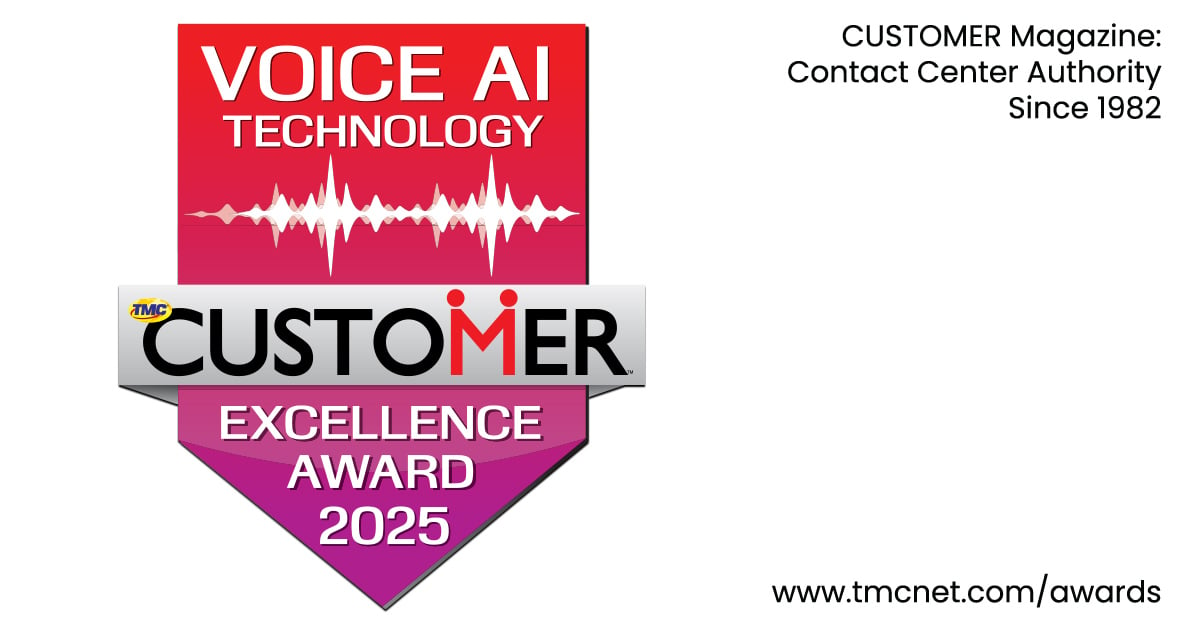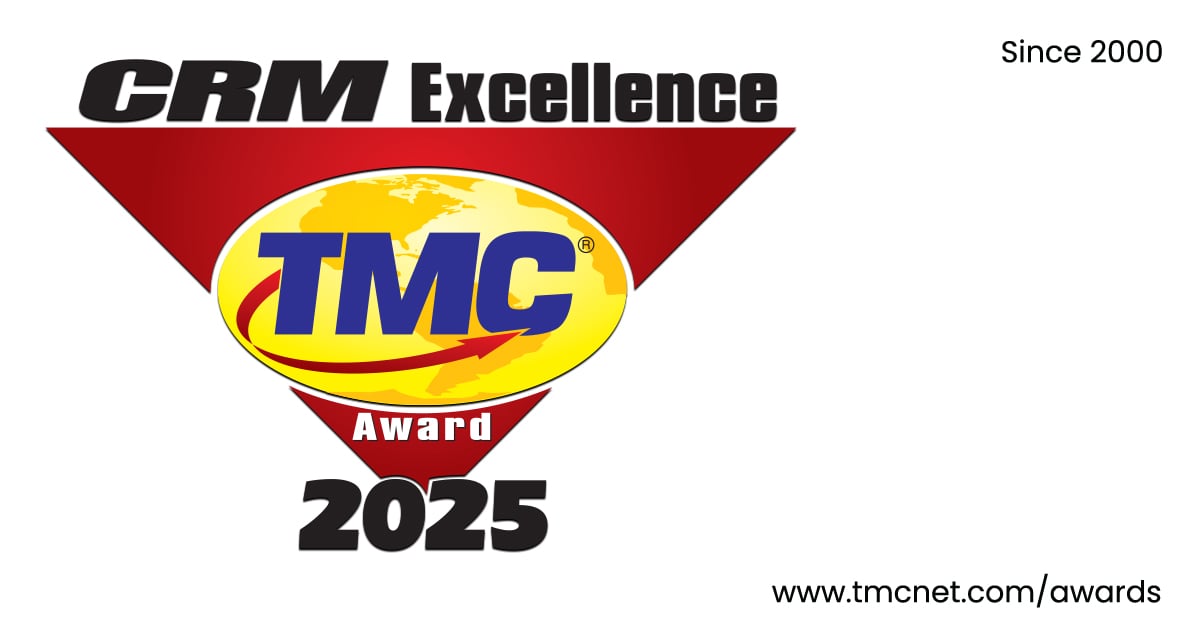I hear clients say it over and over again: “How can I use customer experience (CX) signals to gain an advantage over the competition?”
To that end, competitive benchmarking is obviously a powerful tool. There’s a lot of value in knowing where you stand within your marketplace and in comparing your organization to competitors (especially if they’re industry leaders). But, here is a truth that isn’t quite as blatant: Knowing how you stack up shouldn’t be the only focus of a competitive benchmarking analysis.
Organizations should use benchmarking tools and methodologies not just to know where they stand in the market but, more importantly, what actions they need to take in order to get to the top. Action is the only element that will actually close that competitive gap, and today’s conversation is aimed squarely at that dynamic.
What Exactly Is Competitive Benchmarking?
The textbook definition of competitive benchmarking is pretty straightforward: Use different metrics and measures to verify your company’s performance in comparison to rival organizations. There are several variants of competitive benchmarking, including methodologies that focus more on how your employees are faring versus the wider marketplace. Today’s conversation will hone in on utilizing competitive benchmarking from a customer experience (CX) perspective.
At its best, competitive benchmarking is useful for much more than evaluating individual customer interactions. In fact, brands can use this methodology to evaluate their entire customer journey, which is essential for making the improvements organizations need to reach or maintain industry leadership.
4 Steps to Superior Competitive Benchmarking Step #1: Design with the (Business) End in Mind
The first step toward that level of benchmarking, then, is knowing what your company’s goals and strategic objectives are. Are you trying to:
Acquire new customers?
Better retain or upsell existing clients?
Lower cost to serve?
Many of organizations initiate their CX programs by simply turning all of their listening posts on and trying to absorb whichever feedback or comments might come their way, but it’s actually much more effective to design with the end in mind .
In CX and benchmarking contexts, designing with the end in mind means firmly establishing what you want your initiative to accomplish, spelling that goal out in quantifiable terms, and identifying which audiences are most pertinent to that goal. Companies can’t be all things to all people.
Once you’ve identified what you want your CX program to accomplish, ask yourself why you’re really leveraging competitive benchmarking in particular. Drill down and identify the specific competitors, KPIs, and goals that are driving that initiative, and you’ll have added specificity for your program and its end goals. There’s another big factor to consider here as well: Who is going to see the results?
Step #2: Rounding the Team Up
Another key to CX and competitive benchmarking success is to get people and teams across the organization involved in this process and secure their buy-in.
Discuss:
Teammates’ responsibilities to each other and to other teams;
Clear-cut definitions of each team’s and team member’s responsibilities; and
Each team’s current idea of the customer, with the end goal here being a shared understanding.
Working off of a united customer perspective will further ensure success with both your CX program and competitive benchmarking.
Finally, the team needs to decide how these competitive benchmarking results are going to be used. It’s important to note that benchmarking results should be used neither as a ‘stick’ (i.e., “you need to improve scores right now”) nor a ‘comfort blanket’ (i.e., “we’re doing well, so we don’t need to improve”). Rather, to bring it back to the focus of competitive benchmarking (and CX) best practices, you need to focus on actions to take instead of just what the numbers indicate.
Step #3: Identifying Your Audience
Identifying objectives, gathering stakeholders, and figuring out how to tie results to action all before you even turn any listening posts on is no small task. But, and we can’t stress this enough, putting this effort in now will save you and your stakeholders a great deal of legwork, and generate more Experience Improvement (XI) opportunities as things really start to take off. That’s why we advocate designing with the end in mind – the earlier you spell your CX program out, the stronger your realized gains will be.
As we mentioned earlier, one of the key questions when it comes to CX and benchmark design is which audience(s) to pick. A lot of this question hinges on what you want to do with your benchmarking results, but there are also a few general factors to bear in mind. For example, third-party options like panels and syndicated studies can be helpful in specific circumstances, but only when your target audience is available in a sufficient enough volume. Also, with syndicated studies, you may have little to no control over your benchmarking samples or questions.
Additionally, a few clients have asked us over the years about the usefulness of focusing benchmarking on their own customers. It’s always great to solicit customer feedback, of course, but because they’ve already chosen your brand, soliciting them for unbiased benchmarking contributions is going to be a challenge from the get-go. Whatever your audience goals, these are some of the biggest obstacles we see with benchmarking programs that it helps to be aware of.
Step #4: Finding Your Study Format
After considering your audience, it’s time to consider the format of your benchmarking study. Similarly to audiences, there’s no one right answer to this question. You may find a top-down approac h – in which all product users are sampled – more helpful to your CX objective(s) than, say, a bottom-up approach that targets specific customer segments but may end up skewing what your market looks like without some sort of weighing.
Next, what will your questionnaire look like? It’s okay to include metrics like Net Promoter Score (NPS) in benchmarking efforts but, again, numbers alone can only tell you so much. Ask specific questions about touchpoints in your overall customer journey, and you’ll receive highly actionable advice. Open-ended customer comments will allow you to further understand where you can improve, why you might be behind in certain areas, and to learn things from your customers that you may not have thought to ask.
Turning Benchmarking Into Action
The beauty of designing your CX initiative and your competitive benchmarking analysis with the end in mind is that once you have your benchmarking results, you’ll be ready to immediately put them into action! In addition, the other pieces of this process that we’ve gone over will already be in place so you can distribute your findings wherever they need to go. You’ll gather only the most pertinent insights from the most relevant audience(s), and get them right to the problem areas to drive improvement opportunities you need in order to succeed in your marketplace.
Those twin components of versatility and relevance are truly what set this benchmarking approach apart from others you may have read about. Rather than gather data from everywhere and attempt to benchmark after the fact, organizations can opt for a more refined approach that will actually get them the results they need to be competitive. You can then let customers know that they’ve been heard, take action to improve, and repeat this process until you’ve truly outpaced competitors and created Experience Improvement.
Don’t overlook other ways your team (and the other teams in your organization) can work together to create Experience Improvement, such as gathering data from non-survey sources. Versatility is as important to benchmarking as it is to any other aspect of your CX initiative, and arming yourself with that knowledge will help you create meaningful connections with customers while strengthening your entire bottom line.
About the author: Jessica Petrie , Ph.D., is a Senior Strategic Insights Consultant at InMoment and works with clients to uncover actionable insights from customer and employee satisfaction data to improve their business outcomes. Her experience spans working with clients across a variety of industries including automotive, retail, education and food services.
Jeremy Griffiths , Vice President, CX Consulting & Insights, InMoment, also contributed to this article.
Edited by
Erik Linask





